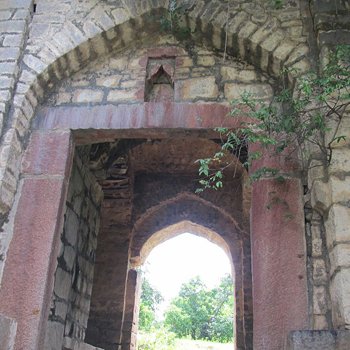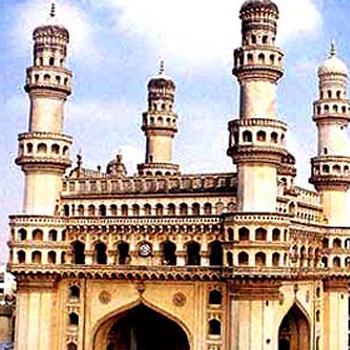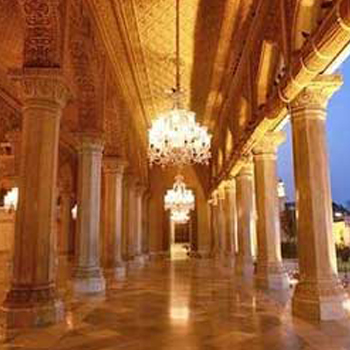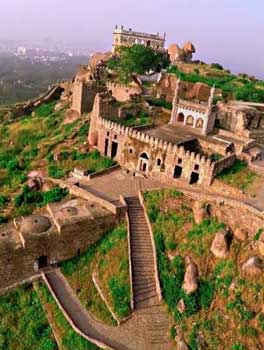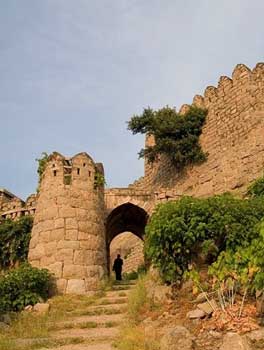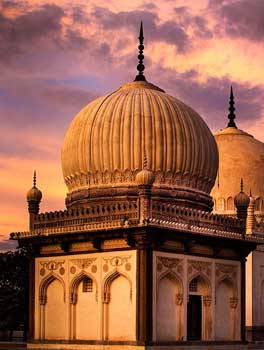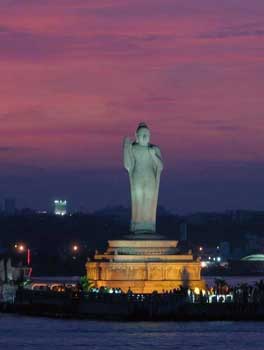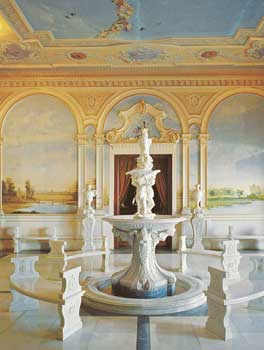Telangana's Magnificent Monuments Await: A Heritage Traveller’s Guide
Ahobilam, located in the Kurnool District of Andhra Pradesh, is shded in mystery yet brimming with divine grace. This sacred site is home to Lord Narasimha, who resides in his self-manifested form at the base of Lower Ahobilam mountain. Within a 5km radius around this mountain, there are nine temples, each housing a different form of Lord Narasimha. According to legend, these forms appeared in response to the prayers of Garuda Bhagwan, amidst the dense forests. Consequently, Ahobilam is also referred to as Garudagiri or Garudasailam.
Ahobilam is the legendary site where Lord Narasimha slew the demon king Hiranyakashipu. According to various Hindu epics, Prahlada, Hiranyakashipu’s son, was a devout follower of Lord Vishnu. Despite his father's harsh punishments and insistence on worshipping other deities, Prahlada remained faithful to Lord Vishnu. Enraged, the king conspired with his sister, Holika, to kill Prahlada by fire. Miraculously, Holika perished in the flames while Prahlada emerged unscathed. At that moment, Lord Vishnu emerged in his fierce Narasimha form from a pillar, to stop the injustice. Hiranyakashipu, protected by several boons that he could not be killed by man or beast, inside or outside, during day or night, nor by any weapon, was finally defeated as Narasimha, with a lion’s head and a human body, killed him on his lap using his nails, thereby granting Prahlada salvation.
India, a peninsular nation, is flanked by water on three sides and the Eastern Ghats on the fourth. The stunning views and mysterious allure of these mountains are legendary. According to sacred Hindu texts, the Eastern Ghats are symbolic of Aadhi Seshan, the serpent upon which Lord Vishnu rests. Important pilgrimage sites located along the range include Tirumala Tirupati, Ahobilam, and Sri Sailam, representing the head, body, and tail of Aadhi Seshan, respectively.
Ahobilam, once the palace of Hiranyakashipu, transformed into a significant religious site following his demise at the hands of Lord Narasimha, one of Lord Vishnu’s incarnations. The Vaishnavite saint, Thirumangai Azhwar, described this holy place in his hymns, stating that “only the eternal God can visit all nine temples, a feat beyond ordinary humans.” The Nine Narasimhasthalas include Jwala Narasimha, Ahobila Narasimha, Malola Narasimha, Kroda Narasimha, Karanja Narasimha, Bhargava Narasimha, Yogananda Narasimha, Kshatravata Narasimha, and Pavana (Holy) Narasimha.
Besides these nine temples, visitors to Ahobilam can explore two other significant sites: the temple of Prahlada Varadhan and Ugra Stambham.
FAQs:
What is Ahobilam known for?
Ahobilam, located in the Kurnool District of Andhra Pradesh, is renowned as the sacred abode of Lord Narasimha, where the deity manifests in nine different forms across the surrounding mountains. This divine site is also referred to as Garudagiri or Garudasailam.
What is the legend associated with Ahobilam and Lord Narasimha?
According to Hindu mythology, Ahobilam is where Lord Narasimha appeared to protect his devotee Prahlada and slay the demon king Hiranyakashipu. This event marks the triumph of good over evil and underscores Ahobilam's significance as a place of spiritual cleansing and salvation.
What are the Nine Narasimha Temples of Ahobilam?
Ahobilam boasts nine temples dedicated to different forms of Lord Narasimha, spread within a 5km radius around Lower Ahobilam mountain. These temples include Jwala Narasimha, Ahobila Narasimha, Malola Narasimha, and others, each with its unique significance and legends.
Why is Ahobilam considered a pilgrimage site?
Ahobilam holds immense religious importance as it is believed to be the place where Lord Narasimha granted salvation to Prahlada and vanquished Hiranyakashipu. Pilgrims visit to seek blessings, perform rituals, and experience the divine presence amidst the serene natural surroundings.
What other attractions are there in Ahobilam?
Apart from the Nine Narasimha Temples, visitors can explore Prahlada Varadhan temple and Ugra Stambham, which are significant landmarks associated with the mythology and history of Ahobilam. These sites offer insights into the rich cultural heritage and architectural marvels of ancient India.
